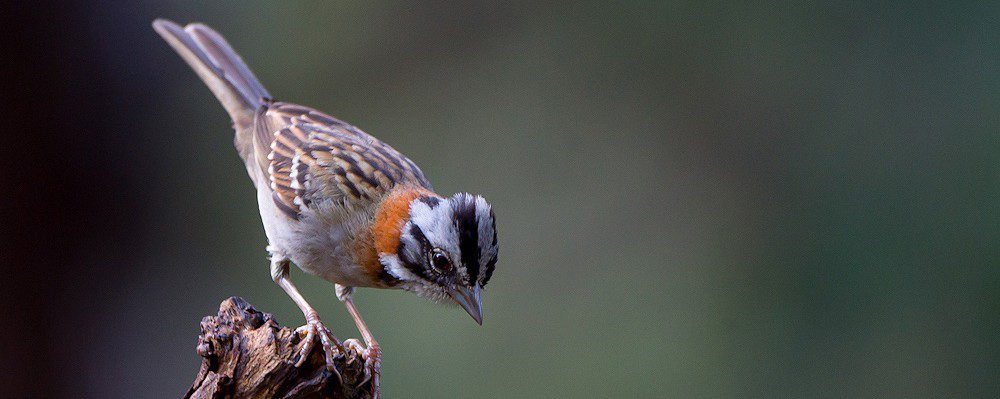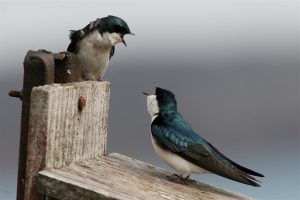Two functions that are most often traded-off are reproduction and self-maintenance. Reproduction can directly increase fitness through the production of offspring, whereas self-maintenance can indirectly increase fitness by improving the odds of survival to a time when the individual can reproduce. In collaboration with Fran Bonier and Mark Haussmann, we are interested in understanding the mechanisms that animals use to adaptively allocate resources to reproduction and self-maintenance in the face of changing environmental and social conditions, resource availability, and reproductive value (relative benefit of current versus future reproduction). Glucocorticoids, or stress hormones, are crucial for maintaining energetic balance and mediating behavioral responses to unpredictable stressors. These hormones also appear to play an important role in mediating trade-offs in energy allocation between reproduction and self-maintenance. This work is largely done in free-living birds including tree swallows, Tachycineta bicolor, and compares populations living in different environments resulting in different challenges and differences in life-histories. From conservation and global change perspectives this work is valuable because glucocorticoid levels can increase in response to habitat disturbance, and so an understanding of how these hormones affect reproduction and survival can inform our understanding of population dynamics.
The Moore Lab
Mechanisms of Animal Behavior

